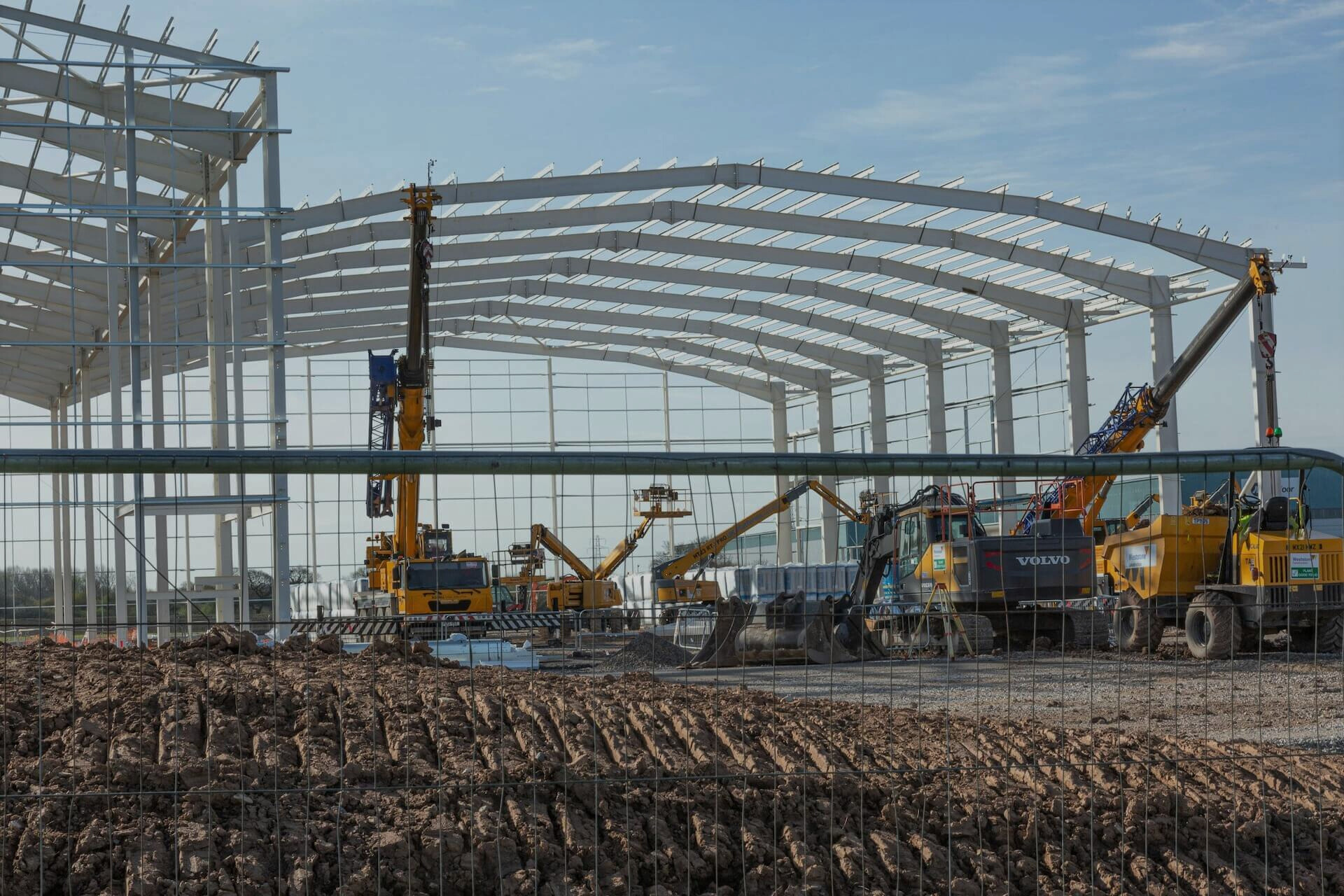Steel Framing vs. Wood Framing: Which is best?

Framework is the core component of your construction project, fail to get that right and the entire building plan is doomed. It’s not just about finding the most cost effective material to build your frames with, but the most durable, under any and all conditions. An efficient frame ensures both the longevity and safety of the build, the two paramount factors in construction. But what material should you choose? In this article, we break down the key differences of steel framing vs. wood framing.
We’re going to unpick the growing popularity of steel in the framing game, how it’s surpassing the option of wood frames and why exactly. If Superman is Man of Steel, think of wood as Batman, who do you really want to rescue you from a burning building?
What Are the Key Differences Between Steel Framing vs. Wood Framing?
To be able to compare the two, we need to break it down. The steel framing vs. wood framing debate can be subjective, but when you’re looking for structurally sound safety, there’s a clear winner.
Design aesthetics are becoming more heavily considered in the construction industry, so working with materials that give you the freedom to create unique builds is important. Cold-formed steel has an impressive consistency, strength and reliability that gives architects and engineers alike the ability to bring bespoke framing designs to life. This option isn’t at all on the cards for wood framing, a strong one point lead for steel.
The overall make up of steel vs wood works to tip the scales. The hamartia of wood is that it can twist, warp, shrink, or buckle over time. Timber frames are subject to distortion as the wood dries and shrinks. If you’re looking to fabricate a frame that outlives you and generations to come, steel is the studier option.
How Does Steel Frame Construction Compare to Wood in Terms of Durability?
While there might be a separate debate about whether wood has a place in the construction industry, one of its benefits is that it is a soft, mouldable material. However that benefit does it a disservice in this discussion.
Wood structures are susceptible to hazards like mold, rot, and mildew. Once the wood frame has been infiltrated by any of the above, the building is no longer structurally sound and poses a significant danger. Steel however, doesn’t retain water. You may argue that corrosion and rust are a threat to steel frames, but modern inventions like zinc coatings mean that risks like corrosion are avoided, giving steel frames a near to no expiry date.
Fire and Weather Resistance: Which Frame Material Performs Better?
I don’t think we’re breaking headlines here when we tell you that steel yet again comes out on top for fire and weather resistance.
Wood is a highly, if not the most flammable material, while steel fabricated frames are fire resistant. In the case of a fire, steel is a far safer option to uphold the structural integrity of the building for a far longer period of time compared to wood, meaning anyone in the building and surrounding areas has a far higher chance of getting to safety in the event of a fire.
When considering various weather conditions, as previously touched on, wood is an incredibly porous material. The absorption of water accelerates the process of mold and rot, meaning wood frames cannot withstand the test of time and call for continuous maintenance and replacement work.
Is Steel Frame Construction More Cost-Effective in the Long Run?
Wood framing has always been a popular option because of its favoured pricing model. It can be fast and cheap to source and fabricate, a project manager’s dream. Yet due to the make up of the material, unfortunately the costs don’t end there. As the safety of the frame structure depletes, dramatic costs can be incurred to rectify any natural damage.
Steel frame fabrication might be a little pricier initially, however the durability of the material means the costs spent on maintaining wood frames cease to exist when working with steel. Therefore in the long run, it’s well worth fronting the cost of steel frames to save yourself both time and money later down the line.
How Steel Frame Construction Contributes to Sustainability
Sustainability is fast becoming an incredibly welcomed pillar in construction, and while wood may be considered the favoured material because of its natural source, it has a high wastage and a damaging impact on deforestation. Additionally, timber frames tend to be treated with toxic chemicals which work to protect them from pests and hazards, this process has a detrimental effect on the neighbouring environments.
Due to the efficiency of the fabrication process within controlled factory settings, steel framing emits minimal waste and any waste produced is reused and recycled. Because it’s such a durable material, the same pieces of steel can undergo this process infinitely, having a significant impact on the reduction of scrap materials throughout the construction industry.
Speed of Construction: Steel Framing vs. Wood Framing
Steel frames offer a much sleeker construction process. The steel frames are fabricated off site in a controlled environment and made to be easily assembled on-site making for an incredibly efficient process.
While wood frames can be constructed fairly speedily too, for bigger builds they’ll require more on-site labour and coordination to ensure they’re assembled correctly.
Finding The Right Frame
Whether you’re working on a small build or a grand construction project, I think it’s fair to say that steel comes up trumps for your choice when comparing steel framing vs. wood framing. Steel fabrication is a cost effective route that ensures the end result is durable and safe, making your build one of structural integrity.
To find out more about getting started with steel framing fabrication, visit Meadows Engineering, or speak to one of our experts today.